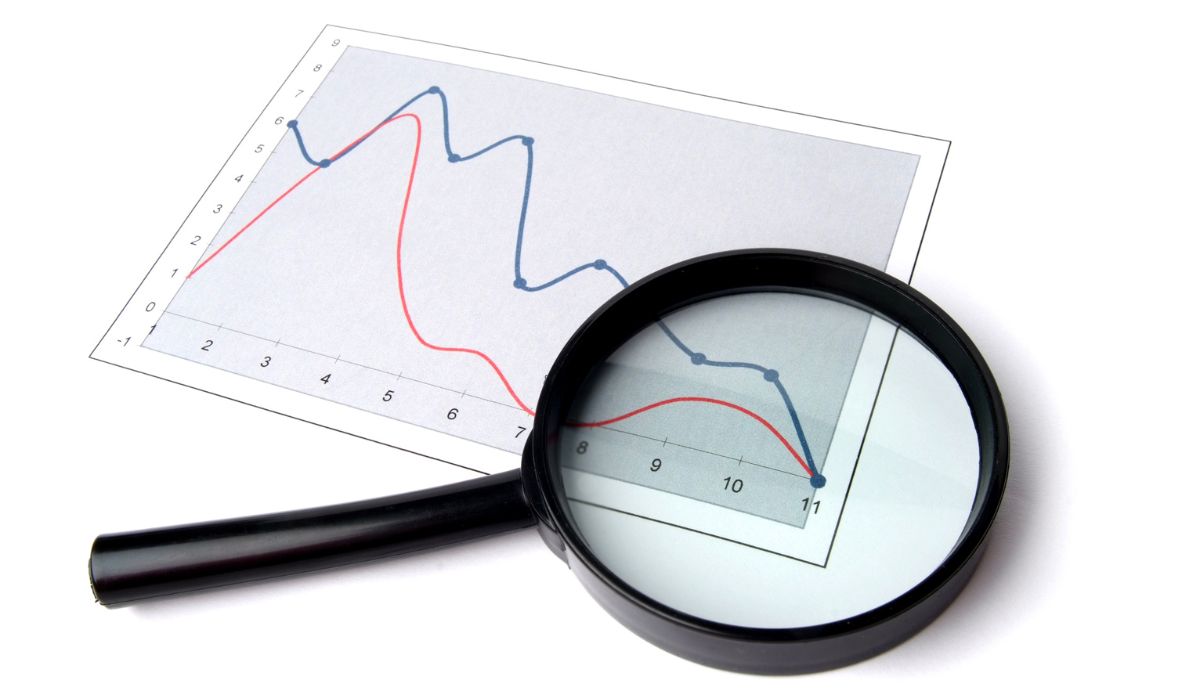How Hard Is It to Become a Data Analyst? A Complete Guide
6 min read
Have you ever wondered what it takes to turn raw numbers into meaningful insights that businesses can act on? Data analysts play an essential role in today’s digital world, helping companies understand trends, make data-driven decisions, and solve real-world problems. But how hard is it to become a data analyst?
In an increasingly data-driven world, the demand for skilled data analysts is soaring. According to the Bureau of Labor Statistics, the demand for data analysts is expected to grow by 25% by 2030, making it one of the fastest-growing professions today. While the career offers tremendous opportunities, breaking into the field requires a combination of technical skills, analytical thinking, and a passion for problem-solving.
This guide will walk you through the skills, education, and steps needed to become a data analyst and give you an honest look at the challenges you might face. Let’s dive in to see how difficult—and rewarding—this path can be!
Understanding the Role of a Data Analyst
At its core, being a data analyst is about transforming raw data into insights that drive decision-making. Data analysts are responsible for gathering, cleaning, and analyzing data to spot patterns and trends. For example, you might be asked to look at sales figures to understand why a company’s product is selling better in one region than another or analyze customer data to predict future buying behavior.
Data analysts typically:
- Collect data from multiple sources (databases, surveys, web traffic, etc.).
- Clean and organize the data to ensure accuracy.
- Use statistical tools and software to analyze the data.
- Present findings in easy-to-understand reports, charts, and visualizations.
Key Skills for Data Analysts
To succeed as a data analyst, you need a mix of technical skills and soft skills:
- Technical Skills: You’ll need to master tools like SQL for querying databases, Python or R for data analysis, and visualization tools like Tableau or Power BI to create reports.
- Soft Skills: Communication is crucial. You’ll often need to explain complex data insights to people who may not be familiar with data analysis, making it essential to present information clearly and concisely.
How Hard Is It to Learn the Necessary Skills?

Technical Skills and Learning Curve
Learning the technical skills to become a data analyst can be challenging, especially if you don’t have a background in programming or statistics. SQL (Structured Query Language) is a must-learn for data analysts, and while it’s not as complex as learning a full programming language, there is a learning curve. Tools like Python or R—popular programming languages used in data analysis—can be more challenging for beginners but are essential for handling large datasets and performing complex analyses.
Data visualization, another key skill, involves using tools like Tableau or Power BI to create charts and graphs that tell a story with data. Mastering this takes practice, as it’s not just about numbers; it’s about making data accessible and understandable.
Educational Path to Becoming a Data Analyst
Most entry-level data analysts have a bachelor’s degree in a related field like mathematics, statistics, computer science, or business. While a degree isn’t always mandatory, many employers prefer candidates who have this background because it provides a solid foundation in analytical thinking.
However, the good news is that data analysis is a field where self-learning can open doors. You don’t necessarily need a traditional four-year degree if you’re willing to learn on your own through online platforms or certification programs. The Google Data Analytics Professional Certificate and IBM Data Science Professional Certificate are popular choices to get hands-on experience.
Online Learning Resources and Bootcamps
For those looking for a quicker path, data analytics bootcamps have grown in popularity. These intensive programs often last between 3-6 months and focus on practical, hands-on training. Bootcamps like General Assembly or Springboard offer the opportunity to learn data analysis skills in a more structured and focused environment.
The flexibility of online learning allows you to pick up the necessary skills while balancing work or other commitments. It’s worth noting that many successful data analysts start with online courses from platforms like Coursera or Udemy.
Is Becoming a Data Analyst More Difficult for Non-Tech Backgrounds?
Transitioning from Non-Tech Fields
If you’re from a non-technical background, becoming a data analyst may seem daunting at first, but it’s absolutely doable. Many successful data analysts started their careers in fields like marketing, finance, or even psychology. The key is dedication and a willingness to learn.
Overcoming the Learning Curve
The biggest hurdle for non-tech folks is often the technical jargon and programming languages. It’s like learning a new language—but with dedication and the wealth of online resources available, it’s something anyone can achieve. Start small, focus on the basics of SQL and Excel, then move on to learning programming languages like Python or R.
Highlighting Transferable Skills
What many non-tech professionals don’t realize is that they already possess valuable transferable skills like problem-solving, critical thinking, and the ability to interpret trends—all of which are essential for data analysis. Communication skills are also crucial, as data analysts need to explain findings in simple terms that stakeholders can easily understand.
What Are the Biggest Challenges of Becoming a Data Analyst?
Keeping Up with Changing Technology
The world of data is constantly evolving. New tools, software, and techniques are always being developed, so staying current is essential. This can feel overwhelming at first, but continuous learning is part of the job. Many analysts take online courses or attend webinars to keep their skills sharp.
Mastering Complex Data Sets
Handling large and messy datasets can be one of the toughest parts of the job. Imagine receiving thousands of rows of customer data, much of it incomplete or incorrect, and being asked to make sense of it. Data cleaning, the process of identifying and correcting errors in datasets, is often tedious and time-consuming but a crucial part of the job.
Competitive Job Market
While demand for data analysts is high, the competition can be fierce, especially in major tech hubs. Building a strong portfolio of projects, staying up to date with new tools, and gaining hands-on experience through internships or freelance work can help you stand out.
Tips to Succeed as a Data Analyst
- Your resume will look stronger if you showcase your skills through projects. Whether it’s analyzing public datasets (such as on Kaggle) or working on freelance projects, having something tangible to show potential employers can make all the difference.
- Join communities like LinkedIn, attend webinars, and participate in data challenges to stay connected and learn from other professionals. Networking can also lead to job opportunities and collaborations.
- If you’re new to data analysis, having a mentor can be incredibly helpful. They can offer guidance, provide insights on industry trends, and help you navigate the challenges of breaking into the field.
Conclusion: Is Becoming a Data Analyst Right for You?
So, how hard is it to become a data analyst? It’s challenging but absolutely achievable. The technical skills take time to learn, and the field is competitive, but if you’re curious, enjoy problem-solving, and are ready to continuously learn, this career offers incredible opportunities.
With data analytics playing a crucial role in nearly every industry, becoming a data analyst can lead to a rewarding and dynamic career. It’s all about taking the first steps—whether that’s enrolling in an online course, building a portfolio, or seeking out a mentor.




